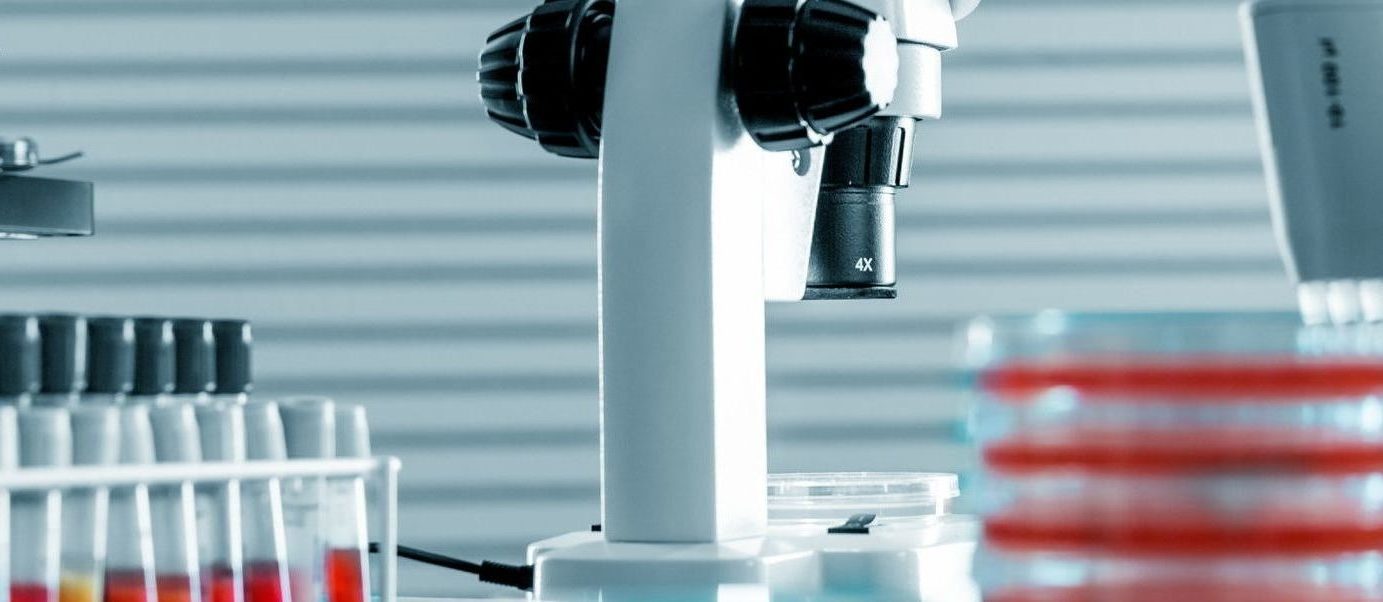General information on sample containers and tubes, transport of samples, handling of samples, antibiotic sensitivity testing, reporting options, price list, feedback forms and more . . .
Price book / list
ePrice books are available free of charge on request to all of our veterinary customers – please contact us to request a copy.
A new price list will be emailed out annually to our distribution list, so ensure you keep up-to-date with all things laboratory related and sign up today. We promise no spam, just a monthly newsletter and other relevant laboratory updates.
Reporting and feedback
Hygiene monitoring programme
Awanui Veterinary’s hygiene monitoring programme is a simple, cost effective scheme for the routine monitoring of bacterial contamination in key areas of the veterinary clinic. The programme can facilitate the reduction in pathogens in the clinic environment in accordance with the “nosocomial prevention triad” (appropriate antibiotic usage, staff and patient hygiene, and hospital maintenance and disinfection).
Hospital-acquired (nosocomial) infections are a growing problem in veterinary and human medicine, and are of particular concern because they tend to involve highly infectious, multidrug-resistant bacteria. Such infections are defined as those that were neither present nor incubating at the time of presentation to the hospital. Organisms that can cause hospital-acquired infections may come from practice staff, solutions and liquids present in the clinic, and surfaces such as floors, walls, cages, equipment and countertops. Surface cleaning and disinfection is therefore critical to reduce the pathogen load of the clinic. If a pathogen from an affected patient contaminates the environment, the colonised surface can in turn contaminate clinic staff or other patients, resulting in pathogen transmission even when there is no direct contact between patients.
While regular cleaning and disinfection is standard practice in any veterinary clinic, just how do you measure the efficacy of these procedures in order to ensure continued patient and staff safety? One of the most effective methods of achieving this is to implement a hygiene monitoring programme. Hygiene monitoring is a method of tracking contamination levels. Periodically checking the microbial load in sites such as the operating theatre, consulting rooms and animal housing areas will provide practitioners with an accurate snapshot of the cleanliness of their facilities, enabling them to target any breakdowns in hygiene protocol and identify ‘high risk’ areas.
Why invest in laboratory testing?
- Independent laboratory testing is the most appropriate way to monitor the effectiveness of a clinic’s disinfection protocols.
- Awanui Veterinary’s hygiene monitoring programme provides invaluable information about bacterial contamination on critical work surfaces and equipment.
- In accordance with the “nosocomial prevention triad”, hygiene monitoring can help to reduce the incidence of hospital-acquired infections.
Benefits of participation in Awanui Veterinary’s hygiene monitoring programme:
- Certificate of participation, demonstrating your commitment to hygiene monitoring to your clients.
- Programmes can be tailored to suit individual clinic needs and budget.
- Comprehensive result interpretation with free advice and troubleshooting assistance.
- Free onsite sampling technique training, if required.
- Peace of mind.
For further information about our hygiene monitoring programme, or to request a brochure, please contact us.

